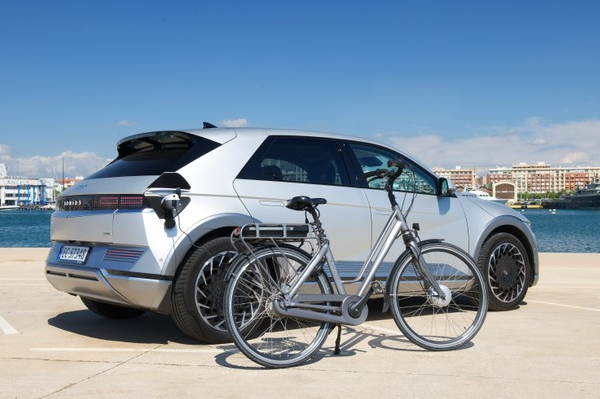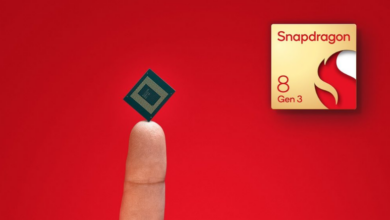
Hyundai IONIQ 5: road test and real autonomy
Hyundai IONIQ 5 is not just any electric car and in some ways can be called a small, big revolution. The key to everything is 800-volt technology, a technicality that translates into charging speed: 18 minutes to bring the battery from 10 to 80% means being able to achieve a range of about 320 kilometers in less than 20 minutes with a high-power charging station like Ionity.
Such high powers are nothing new: the platform used by Porsche and Audi (on RS e-tron GT, here the first test) is already able to go to 800 volts and Tesla is spreading the charging stations at 250 kW introduced some time ago. With IONIQ 5, however, this technology is made accessible to a greater number of buyers than the Germans, and the competition between the Koreans and the Americans is becoming increasingly tight.
But let’s go in order to find out how it goes, characteristics, real consumption, interior and prices of the new IONIQ, a term that will indicate from now on the range of hyundai electric where the IONIQ 5 will also be followed by the IONIQ 6 (sedan) and the IONIQ 7 (SUV).
Particular in the lines, halfway between a tribute to the past and an interpretation of the future, IONIQ 5 stands out for its luminous signature and the presence of a Full LED system, with LEDs hidden even behind the charging socket door for an immediate visual indication of the level reached by the battery.
The 19″ and 20″ rims are well sized in relation to the overall proportions of the car, not really compact since it is a crossover with 16 cm of light from the ground and a length of 4.63 meters. The very short overhangs testify to the attention to the interior, where the 3-meter wheelbase will become fundamental in interpreting comfort for those who sit behind.
Excellent trunk that starts from 527 liters: not the best in the segment. Model Y claims 580 liters (but it is longer) and Enyaq iV is the best with its 585 liters.
DATA SHEET HYUNDAI IONIQ 5 72.6 kWh
Motor: two permanent magnet synchronous electric motors, all-wheel drive
Power: 225 kW (305 hp ) and 605 Nm
0-100 km/h: 5.1 s
Maximum speed: 185 km/h
Battery: 72.6kWh (warranty: 8 years or 160,000 km)
Front suspension: McPherson type
Rear suspension: multi-link
Tires: 255/45 R20
Brakes: front vented discs, rear discs
Weight in o. d.m.: 2.095 kg
Trunk min/max: 527 liters – 1,710 liters
Frunk: up to 57 liters (on the RWD)
Length: 4,635 mm
Width: 1,890 mm
Height: 1,605 mm
Wheelbase: 3,000 mm
Floor light: 16 cm
Turning diameter: 11.98 meters
Declared range (WLTP): 430 km in the combined cycle
Declared consumption (WLTP): 19 kWh/100 km (combined cycle)
INTERIOR AND PASSENGER COMPARTMENT: A LIVING ROOM ON WHEELS
IONIQ 5 is perhaps the car that today best interprets that trend of concepts, seen at fairs and car shows, which try to transform the passenger compartment into a living room. An example? The latest style anticipation of Mini.
While remaining classic in the layout, in fact, IONIQ 5 creates that lounge effect with the seats: in front you have two armchairs with integrated and removable foot rests as if it were the armchair at home, reclining to become a bed, with the center console that can be adjusted (140 mm) and a dashboard that risks becoming a table.
behind? The rear sofa is adjustable, there are 3 meters of wheelbase that are an infinity and the only limit gives it the height of the car that forces you to slide a little with the pelvis if you are spilungoni. Nothing that puts in crisis an average height, mind you, but today’s young people “make them taller”… Say!
The technology is inevitable: keys reduced to the bone, fully touch climate control but with a dedicated display, two 12” screens for instrumentation and infotainment, Apple CarPlay and Android Auto wireless, an augmented reality HUD, connected services (including integration with Google and Apple Calendar), remote car management app and cloud-based navigation.




